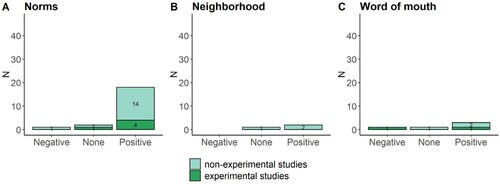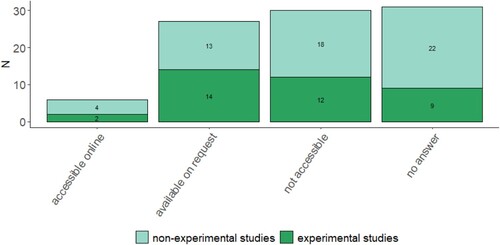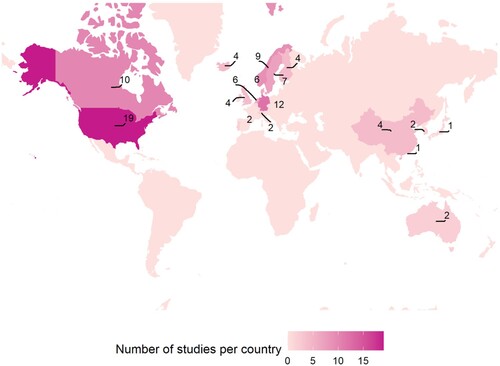Figures & data
Figure 1. Preferred reporting items for systematic reviews and meta-analyses (PRISMA) flow diagram of information through the stages of the review.
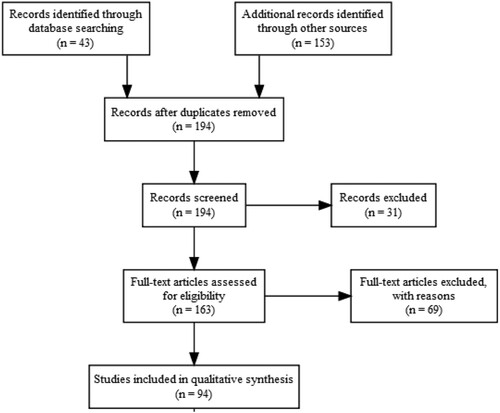
Figure 4. Effect of technical determinants on BEV acceptance.
Note: This figure summarises reporting results on the respective facilitators of BEV acceptance. The effect direction indicates the number of studies reporting significant effects (“negative”,< “b>positive”) or non-significant effects (“none”) on BEV acceptance. Color-codes indicate experimental or non-experimental study design.
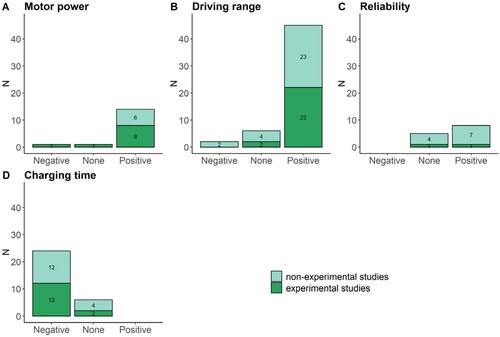
Figure 5. Effect of contextual determinants on BEV acceptance.
Note: This figure summarises reporting results on the respective facilitators of BEV acceptance. The effect direction indicates the number of studies reporting significant effects (“negative”,< “b>positive”) or non-significant effects (“none”) on BEV acceptance. Color-codes indicate experimental or non-experimental study design.
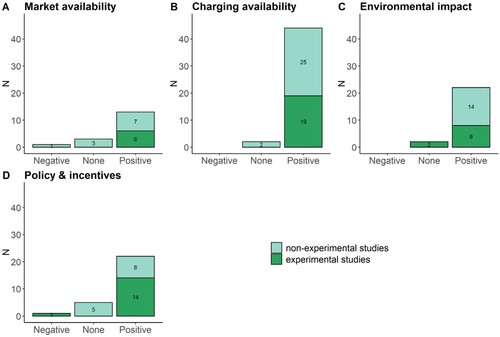
Figure 6. Effect of cost determinants on BEV acceptance.
Note: This figure summarises reporting results on the respective facilitators of BEV acceptance. The effect direction indicates the number of studies reporting significant effects (“negative”,< “b>positive”) or non-significant effects (“none”) on BEV acceptance. Color-codes indicate experimental or non-experimental study design.
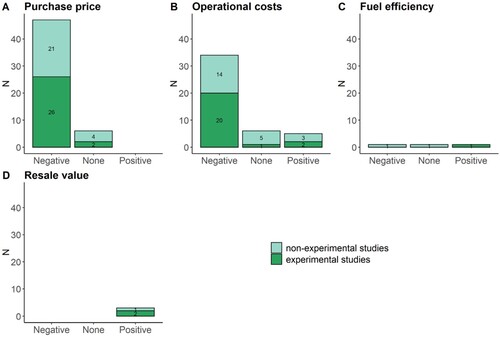
Figure 7. Effect of sociodemographic attitudes on BEV acceptance.
Note: This figure summarises studies reporting results on the respective facilitators of BEV acceptance. The effect direction indicates the number of studies reporting significant effects (“negative”,< “b>positive”) or non-significant effects (“none”) on BEV acceptance. For gender, female was chose as the baseline category thus indicating that, for example, negative effects mean that females have lower BEV acceptance. Color-codes indicate experimental or non-experimental study design.
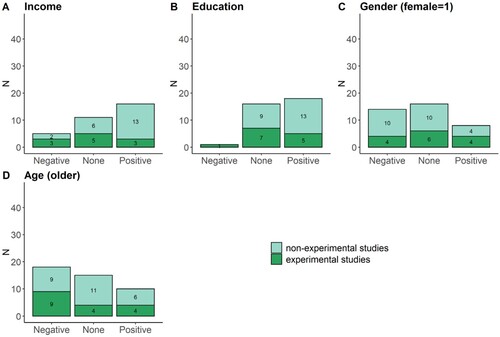
Figure 8. Effect of individual attitudes and behaviour on BEV acceptance.
Note: This figure summarises reporting results on the respective facilitators of BEV acceptance. The effect direction indicates the number of studies reporting significant effects (“negative”,< “b>positive”) or non-significant effects (“none”) on BEV acceptance. For example, technology-affine individuals (“positive”) have a higher BEV acceptance. Color-codes indicate experimental or non-experimental study design.
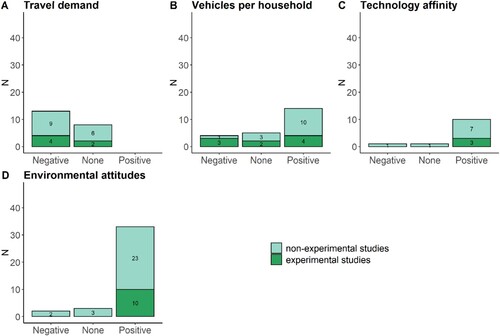
Figure 9. Effect of BEV-specific experience on BEV acceptance.
Note: This figure summarises reporting results on the respective facilitators of BEV acceptance. The effect direction indicates the number of studies reporting significant effects (“negative”,< “b>positive”) or non-significant effects (“none”) on BEV acceptance. Color-codes indicate experimental or non-experimental study design.
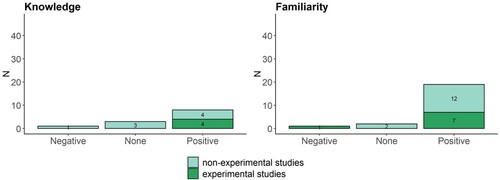
Figure 10. Effect of social determinants on BEV acceptance.
Note: This figure summarises reporting results on the respective facilitators of BEV acceptance. The effect direction indicates the number of studies reporting significant effects (“negative”,< “b>positive”) or non-significant effects (“none”) on BEV acceptance. Color-codes indicate experimental or non-experimental study design.
